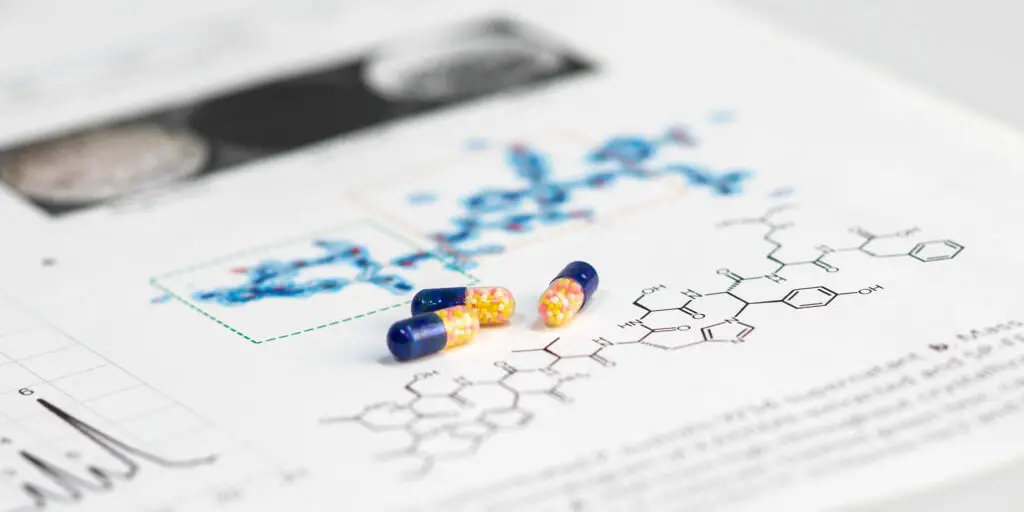(starts)
Scientists have discovered a new antibiotic that can wipe out pathogens that are resistant to current treatments.
An international team of researchers believes the breakthrough could lead to new drugs to help mitigate the antibiotics crisis.
The discovery raises hopes of a cure for untreatable bugs which – experts estimate – could kill more than 10 million people a year by 2050.

Newsflash obtained a statement from the University of Basel in which the experts said that the “WHO [World Health Organization] describes the insidious and rapidly growing number of antibiotic-resistant bacteria as a ‘silent pandemic’.
“The crisis is exacerbated by the fact that hardly any new drugs have come onto the market in recent decades. Even today, not all infections can be treated and even routine interventions become dangerous.”
But now the international research team, with the participation of the University of Basel in Switzerland, has discovered a new antibiotic and published their findings.
Sebastian Hiller, from the Biozentrum of the University of Basel, along with researchers from Northeastern University in Boston, led the team of experts and they discovered the new antibiotic using computer analysis.
The University of Basel said in its statement: “The researchers discovered the new antibiotic Dynobactin through computer-based screening. It kills gram-negative bacteria, which includes many dangerous and resistant germs.”
Hiller said: “Finding antibiotics against this group of bacteria is anything but trivial.”
He added: “They are well protected by their double membrane and therefore only offer a small area for attack. And in the millions of years of their evolution, they have found numerous ways to render antibiotics harmless.”
Hiller and his team discovered how the antibiotic worked last year, with their findings now being published under the title ‘Computational identification of a systemic antibiotic for gram-negative bacteria’ in the academic journal Nature Microbiology on 7th October.
The University of Basel explained: “Just last year, Hiller’s team deciphered the mode of action of the recently discovered peptide antibiotic darobactin. These findings flowed directly into the search for new antibiotics. Among other things, they made use of the fact that many bacteria themselves produce antibiotic peptides in order to fight each other. And that these peptides, in contrast to natural substances, are fixed in the genome of the bacteria.”
Co-first author Seyed M Modaresi said: “The genes for such peptide antibiotics have a clear identifier.”
He added: “According to this characteristic, the computer systematically combed through the entire genome of bacteria that produce such peptides. That’s when we came across Dynobactin.”
The experts conducted a study using mice, showing that Dynobactin “is extremely effective”. The statement said: “The authors were able to show in their study that it is extremely effective. Mice with life-threatening blood poisoning caused by resistant bacteria survived the severe infection after being given Dynobactin.
“Using a combination of different methods, the researchers were able to determine the structure and mode of action of dynobactin. It blocks the bacterial membrane protein BamA, which plays an important role in building and renewing the outer protective layer of the germs.”
Modaresi said: “Dynobactin sticks like a cork in the BamA from the outside and prevents it from fulfilling its tasks. The bacteria die.”
He added: “Although Dynobactin shows little chemical similarity to the well-known Darobactin, it gets hold of the bacteria at the same place. We didn’t expect that at first.”
The University of Basel said: “However, at the molecular level, the researchers found that dynobactin interacts differently with BamA than darobactin. By combining certain properties of the two, the potential active ingredients could be further improved and optimized. This is an important step on the way to an effective drug.”
And Hiller said: “The computer-based screening method will give the search for the urgently needed antibiotics a new boost.”
He added: “In the future we want to expand the whole thing and test even more peptides for their suitability.”
(T4/ends)



